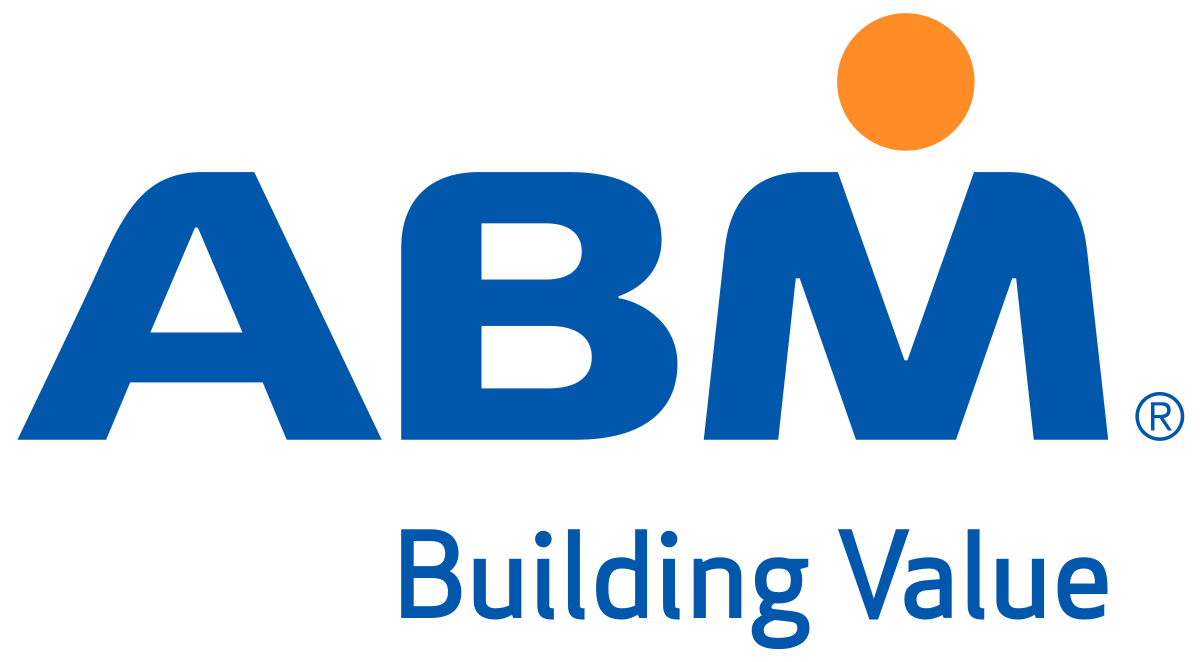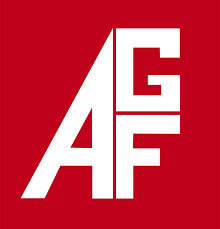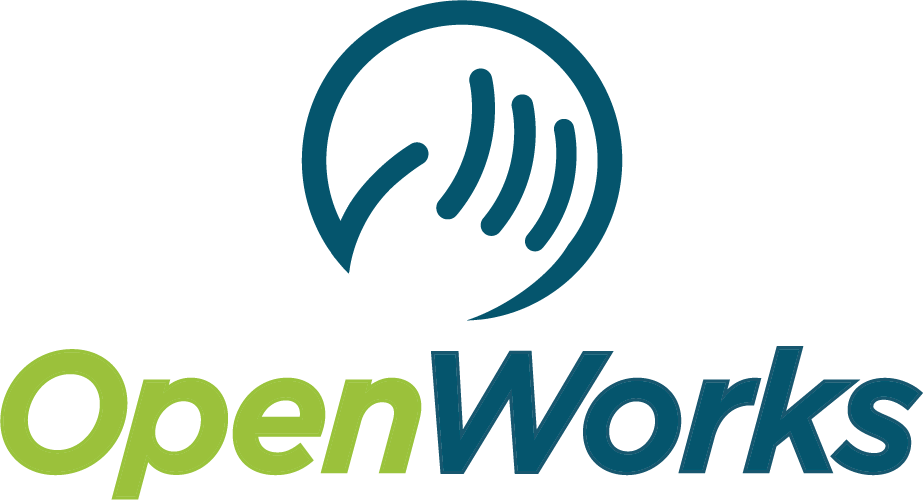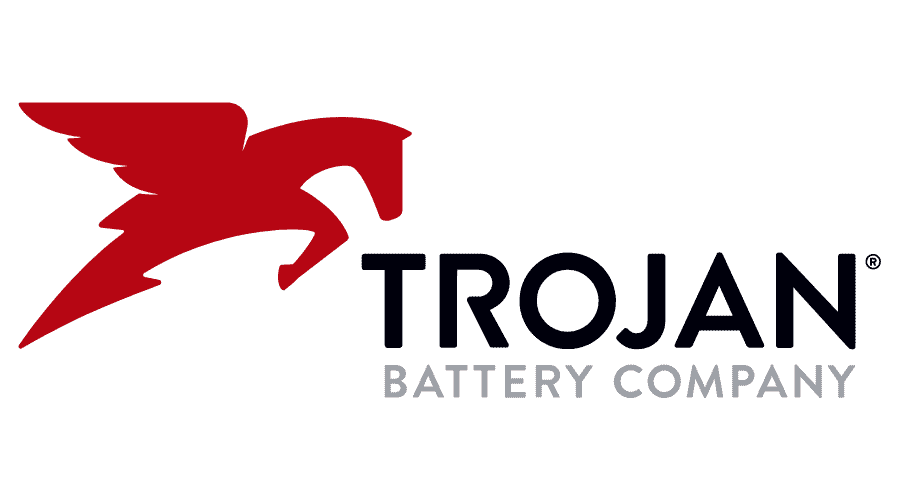A useful tool in determining the cost of outsourcing an FM contract, according to Fred Klammt, a principal of Aptek Associates, is TCO, or Total Cost of Ownership, which is rapidly gaining wide acceptance, especially by IT (Information Technology) departments.
There are many phases of the outsourcing program that chew up internal hours and extend way beyond the FM department. Here’s a partial listing of some of these work activities: internal investigations; executive management agreement; RFP development; pricing strategies; negotiations, award, transition and start-up; training, monitoring, corrections and reviews; feedback sessions; work scope adjustments; financial overviews, and executive management reporting.
The total sum of these costs is part of the TCO of outsourcing, and all the time and costs spent on these activities must be added together and compared with the in-house costs. Tracking these costs, warns Klammt, may be difficult because cost definitions vary between departments and business units, and some costs, although real, may not be obvious and are difficult to track down. Further, accounting mechanisms typically aren’t in place to capture both the identifiable and hidden costs within the real estate and facilities departments.
Given these and other challenges, some initial investment may be required to define and deploy cost-tracking mechanisms within the FM department. Reliable cost results can be produced when the following elements exist equally within your enterprise:
- TCO commitment exists at all levels within the business units.
- Cost tracking is organized under the appropriate cost model.
- Commitment exists for aggressive FM cost-tracking.
- Requisite support processes are in place and adhered to.
Let’s look at the IT services industry to gain the benefits of their best practices in tracking TCO. Gartner, Forrester and other analyst groups have conducted independent studies of TCO with numerous IT clients. These studies provide well-publicized industry averages for improving various components of IT cost structures within IT departments. Similar efforts can be made in the FM area.
The Gartner Group’s TCO Lifecycle Model for IT consists of three main areas and can be easily adapted to FM activities:
- TCO Management: Implement on a continuous basis; Repeat every 6-9 months. Measure trends and validate process.
- TCO Analysis: Asset survey. Industry average cost analysis. Cost and qualitative surveys. Actual cost analysis and comparison.
- TCO Improvement: Select technology and practices improvements. Model ROI and value. Select best alternative.
Implementing a TCO Model within an FM department requires company-wide commitment, time, tools, services, personnel and data collection skills. Many companies report huge paybacks once TCO is fully implemented.
By embracing a TCO approach to capturing all outsourcing costs, emphasizes Klammt, an organization can gain a better understanding of all the costs associated with an outsourcing program. The models developed by the IT industry can be applied to the FM industry and provide the same benefits. Details and further information are available from www.fdm.com/outsource.
Based on a report from The Outsource Report





